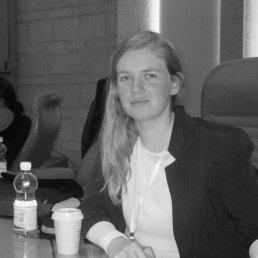A continuum of expanders -- David Hume

Expanders are a holy grail of networking; robustly connected networks of arbitrary size which require minimal resources. Like the grail, they are also notoriously difficult to construct. In this talk I will introduce expanders, give a brief overview of just a few aspects of their diverse history, and outline a very recent result of mine, which states that there are a continuum of expanders with fundamentally different large-scale geometry.
What makes cities successful? A complex systems approach to modelling urban economies -- Neave O'Clery

Urban centres draw a diverse range of people, attracted by opportunity, amenities, and the energy of crowds. Yet, while benefiting from density and proximity of people, cities also suffer from issues surrounding crime, congestion and density. Seeking to uncover the mechanisms behind the success of cities using novel tools from the mathematical and data sciences, this work uses network techniques to model the opportunity landscape of cities. Under the theory that cities move into new economic activities that share inputs with existing capabilities, path dependent industrial diversification can be described using a network of industries. Edges represent shared necessary capabilities, and are empirically estimated via flows of workers moving between industries. The position of a city in this network (i.e., the subnetwork of its current industries) will determine its future diversification potential. A city located in a central well-connected region has many options, but one with only few peripheral industries has limited opportunities.
We develop this framework to explain the large variation in labour formality rates across cities in the developing world, using data from Colombia. We show that, as cities become larger, they move into increasingly complex industries as firms combine complementary capabilities derived from a more diverse pool of workers. We further show that a level of agglomeration equivalent to between 45 and 75 minutes of commuting time maximizes the ability of cities to generate formal employment using the variety of skills available. Our results suggest that rather than discouraging the expansion of metropolitan areas, cities should invest in transportation to enable firms to take advantage of urban diversity.
This talk will be based on joint work with Eduardo Lora and Andres Gomez at Harvard University.



